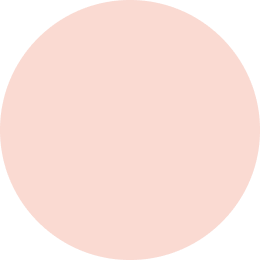Sharpe Ratio
The Sharpe Ratio, created by William F. Sharpe, measures risk-adjusted return, showing how much return is earned per unit of risk.
Back to indexIntroduction
The Sharpe Ratio, named after its creator William F. Sharpe, is a financial metric that measures the risk-adjusted return of an investment or portfolio. It helps investors assess how much return an investment generates for each unit of risk taken.
Calculation
The Sharpe Ratio is calculated using the following formula:
Sharpe Ratio = (Portfolio's Return - Risk-Free Rate) / Portfolio's Standard Deviation
In this formula:
- Portfolio's Return: This is the average return achieved by the investment or portfolio over a specific period, typically expressed as an annual percentage.
- Risk-Free Rate: The risk-free rate represents the return on a risk-free asset, such as government bonds, with negligible risk of default. It is used as a benchmark for comparing the return of riskier investments.
- Portfolio's Standard Deviation: Standard deviation measures the volatility or variability of the investment's returns. It represents the degree of risk associated with the investment.
A higher Sharpe Ratio indicates a better risk-adjusted return. It suggests that the investment or portfolio generates more return per unit of risk taken, making it more attractive to investors. Conversely, a lower Sharpe Ratio suggests that the investment has a lower return relative to its risk level.
Uses
The Sharpe Ratio is particularly useful for comparing the risk-adjusted performance of different investments or portfolios, especially those with different risk levels. It helps investors make more informed decisions by considering not only the raw returns but also the level of risk taken to achieve those returns.
In Summary
It's essential to note that the Sharpe Ratio has its limitations. It assumes that investment returns follow a normal distribution, which may not hold true in all cases, especially during extreme market events. Additionally, the Sharpe Ratio is backward-looking and may not necessarily predict future performance accurately. Investors should use the Sharpe Ratio in conjunction with other metrics and factors when evaluating investment options.




